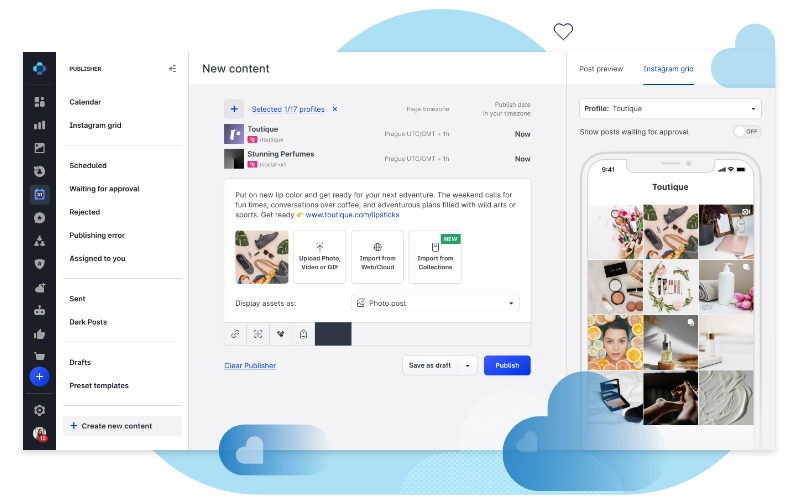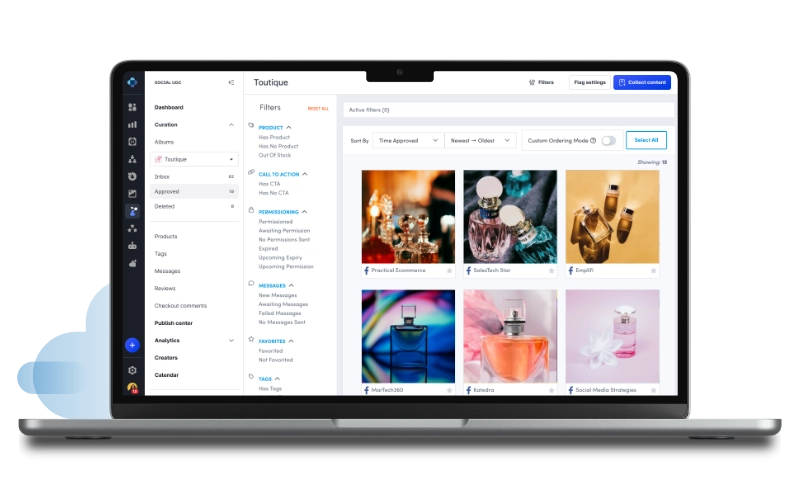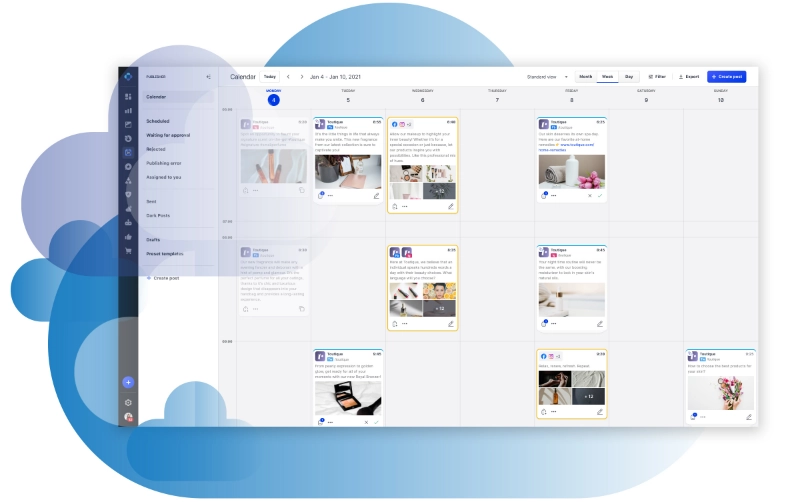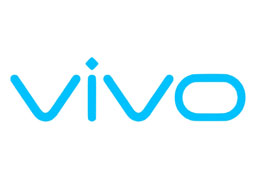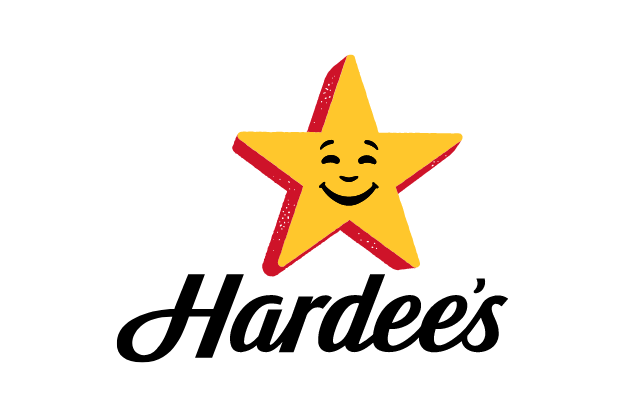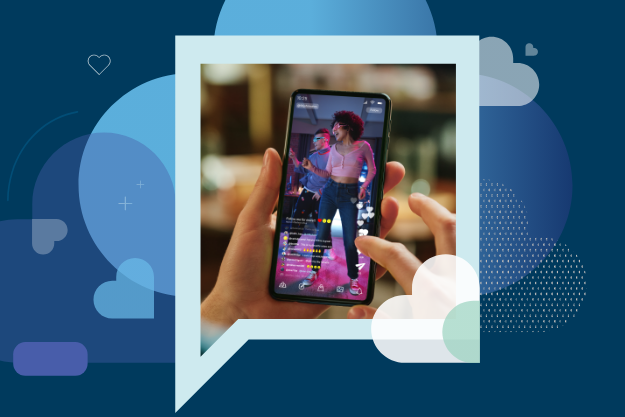- Solutions
Emplifi is there to help you take on any marketing, commerce, or care challenge with confidence.
Learn MoreFor Social Marketing Leaders
For Commerce Leaders
- Emplifi CX Cloud
Emplifi gives you everything a modern enterprise needs to close the CX gap.
Learn More - Customer success stories
Emplifi is helping global brands and agencies transform marketing, commerce, and care experiences, and achieve business results.
Learn More
Hardee's
8M+ impressions and 8,000 new followers with just one Tweet, thanks to social listening and spike alerts
- Resource center
Your resource center for everything social marketing, commerce, and customer care
Learn More
Emplifi Webinars
Get the latest insights on social media marketing, social commerce, live commerce, and CX, straight from the experts.

Emplifi Blog
Get up to speed on the latest trends, tips, and best practices to power your CX strategy.

Community Corner
A space for our community to get the latest insights — directly from experts in the Emplifi community.
- About us
Emplifi provides brands with insights needed to empathize with customers and amplify the right experiences.
Learn MorePrivacy and legal

EMPLIFI PUBLISHER
Enterprise-level social media scheduling and publishing tool
Easily manage the cadence and timing of your social media campaigns in one place, so you can stay focused on delivering impactful marketing campaigns and ensure you reach customers in the right moments with messages that resonate.
Unified social content calendar
Omnichannel social publishing
Emplifi™ AI Composer
Emplifi PrimeTime
Social post approval flows
Cloud storage integration
Peak engagement times
Streamlined process
Approval workflows
Instagram Grid preview
Presets, templates, and drafts
Automatic asset validation
Game-changing solutions to enhance your social media scheduling and publishing workflow
Stay ahead of the curve with AI-generated copy
Empower your social media teams to ideate, create, and publish engaging copy with efficiency using Emplifi AI Composer, powered by OpenAI's GPT-4. Instantly create and publish customized messaging to reflect your brand’s voice and tone.
Improve overall performance with PrimeTime
Emplifi PrimeTime optimizes publishing times with actionable recommendations based on a machine learning algorithm and historical data analysis. It provides the best day and time to post for every day of the week, helping to reduce missed impressions and extend the lifetime of posts.
Put your best content front-and-center with Emplifi Link
Maximize the impact of your Instagram and TikTok presence with our integrated link in bio solution. Automatically update your microsite when you publish new content to drive traffic to your website, promote products or services, and provide a central location for followers to learn more.
Just some of the brands being empowered by the Emplifi Social Marketing Cloud
Request a personalized demo

Just some of our recent awards





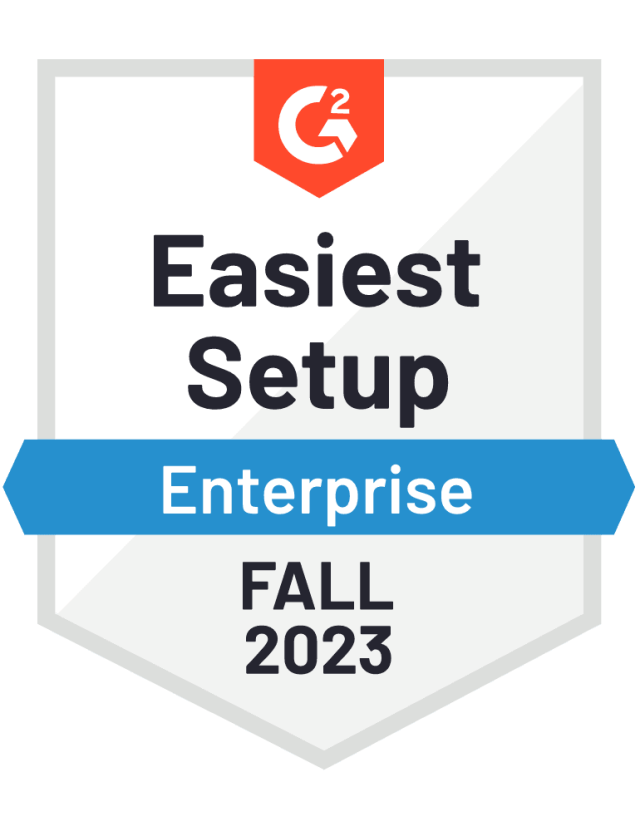



Knowledge
© 2020-2024 Emplifi Inc. All rights reserved. Emplifi™ and Empathy, amplified.™ are trademarks of Emplifi Inc. All product names and logos are trademarks or registered trademarks of their respective owners.



